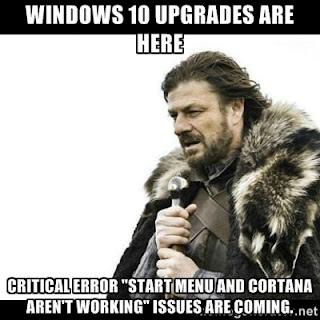The day was divided into three sections. Each section began with a bit of theory from Daniel Wolpert, then a suggested exercise to put theory into practice, followed by time to go into the grounds and/or the small chapel to spend time in quiet.
The first section was an overview where he suggested that an important part of a young child's development is separating off their own identity by filtering out most of the sensory information which comes in and by strictly evaluating everything which does come in into good/bad, harmful/helpful.
There's a famous example of filtering in the following video, although it doesn't work so well when you know what it's about. Play the video in full-screen (if you can) and follow the instructions:
The trouble with all this filtering and evaluation is that it means that as adults we miss the vast majority of what goes on around us, including, often, what God is doing in and near our lives. So it can be helpful to practice opening up our 'awareness muscles'. The more we practice being aware of our surroundings, in a non-evaluating, non-judgemental way, the better we get; in particular the more control we get.
Our first exercise was simply to go out and be aware of what is around us, at the same time as pondering a question. He gave us three options for the question: "Whatever you want" is always his first option, "What has brought you here?" was his second, uncovering the many layers behind that seemingly simple question, and "What parable are you hearing in your life?"
That last one came with a clarification of the difference between a fable and a parable. A fable, such as "how the leopard got its spots", is a story which gives an answer to a question, closing it down, whilst a parable, such as the good Samaritan, opens up more questions (maybe this is one reason why so few retellings of Jesus' parables seem to work well).
So the "What parable are you hearing in your life" option was about opening up the questions we are living.
The idea was to set off with our chosen question in mind, whilst being open to all that is around us, and to all the thoughts which drift into our heads. Without judging or evaluating these we simply note them and gently bring our thoughts back to the chosen question.
Having arrived fairly frazzled I didn't achieve great wisdom in this, but that was fine. I did rather wonder why I am so much against stinging nettles. For me the whole day was very much about each session building on what had gone on before.
The second session was about silence and listening. Wolpert made a distinction between 'awareness' practices, which are open and expansive, and 'concentrated' practices, which have an object of focus.
He suggested we try focussing on a variation of the 'Jesus Prayer': "Jesus Christ, Son of God, have mercy on me," which he linked to the story of blind Bartimeus, who called out to Jesus and kept on calling even when they told him to be quiet. When Jesus heard him he called Bartimeus over and said "What do you want me to do for you?"
Apparently the Jesus prayer is really good if you are lying awake at night unable to sleep, and when you are walking. I certainly found it worked well with walking at a slow pace through the grounds, saying the prayer with a nice steady rhythm. I found that the rhythm of the words gave space for awareness and thoughts, but chopped up any 'blocking' trains of thought to bring the focus back to Bartimeus' words ... and Jesus' question.
The final session was 'Sacred Reading: praying with Scripture'. In this case we did what is (apparently) a variation on the ancient practice of Lectio Divina:
- Read the passage (or hear it read) and listen for words and phrases which catch your attention (Wolpert used the analogy of hyperlinks on a web page which are typically picked out by being blue and underlined).
- Read the passage again and listen for an image: an idea, a thought, a memory, or a picture.
- Read the passage again and rest in contemplation (or, in my case, walk in contemplation).
We did this on Jesus' parable of the sower, which ends with the disciples asking Jesus why he speaks in parables.
I spent time walking, open to the surroundings, saying the Jesus prayer and pondering the parable, especially that final question. Jesus frequently taught in parables; as an occasional preacher I usually work at unpacking Scripture: opening up context and connections, establishing its meaning then and application now. Why don't I teach in parables?
After we had shared our experiences Wolpert left us with a final thought: Scripture can be compared to a stained glass window. In the dark that window is nothing special, but shine sunlight through it and it wakes to life and beauty. Similarly the Bible on its own is not that special, but shine the light of God's Spirit through it and it transforms to a lifegiving gift from God.
I ended the day far less frazzled than I arrived, and with several ideas to ponder. It was well worth taking time out from work to go.
I ended the day far less frazzled than I arrived, and with several ideas to ponder. It was well worth taking time out from work to go.


